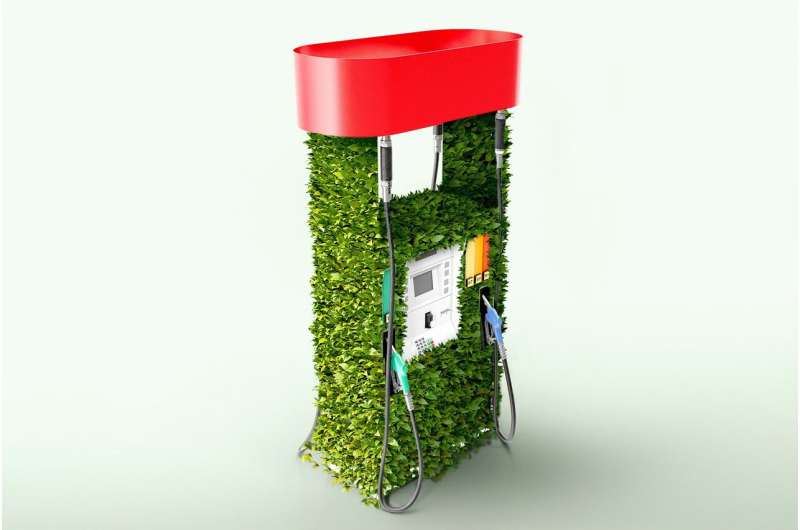Credit: Unsplash/CC0 Public Domain
Storegga Geotechnologies, a UK energy transition company, and Carbon Engineering, a Canadian company involved in projects that remove carbon from the air, have teamed up to build a direct air capture (DAC) facility in Scotland. Current plans call for the construction of a facility able to extract approximately 1 million tons of carbon from the air each year (equivalent to 40 million trees) and to store it in under-the-sea storage sites. Both companies have outlined their plans on their respective websites.
Many scientists have noted that even if carbon emission mitigation efforts are successful over the next several years, something must still be done about the greenhouse gasses that have already been released into the atmosphere if we are to slow global warming. To that end, some entities have been looking at the possibility of building facilities that extract carbon from the air and storing it safely. In this new effort, the two entities involved are in the beginning stages of building what would be the largest such facility in the world. The project is currently just past the feasibility stage—the next phase of the project will involve selecting a site in Scotland. The country was chosen because of its large readily available labor force already trained in many of the skills needed for such a project. The chosen site will be close to a pipeline site that was once used to bring in oil from the North Sea—the captured and treated carbon will be sequestered in dry underground wells.
Plans for the plant involve the installation of a fan to pull in air—that air will be routed into a vat filled with a liquid that will bind the carbon dioxide. After filtering, the bound carbon will undergo further refinement that will result in the creation of calcium carbonate pellets. The pellets will then be heated, forcing them to decompose into a CO2 stream along with calcium oxide. The CO2 stream will then be further cleaned to remove impurities—at that point it would be ready to be pumped to its under-the-sea storage site. The two companies stress that at some point they would like to sell the CO2.
© 2021 Science X Network
























